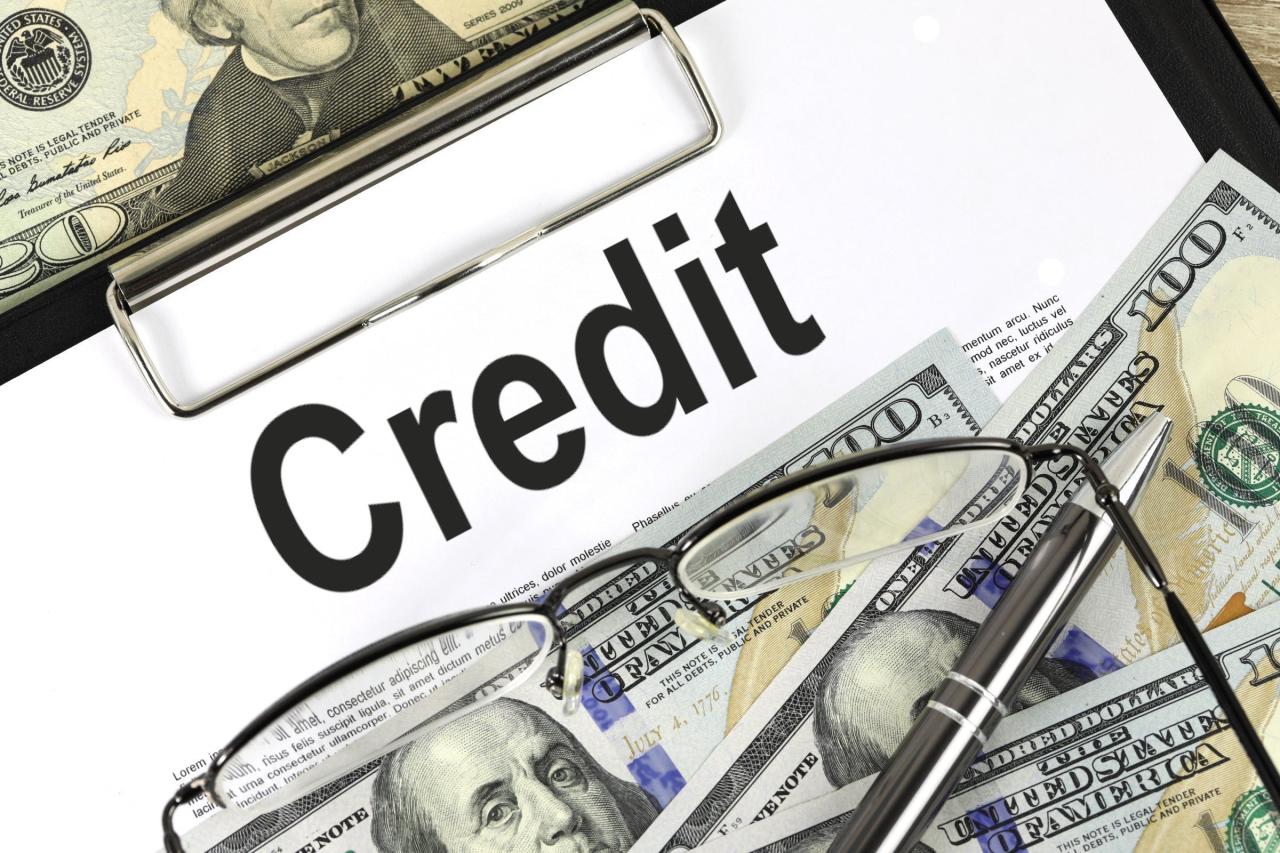Interest and Payments: Master Your Loan Costs

The decision to take out a loan, whether it’s for purchasing a home, financing a car, or using a credit card, is a pivotal moment in any financial life, granting immediate access to capital that would otherwise take years to save.
However, many borrowers focus almost entirely on the principal amount and the monthly payment, often overlooking the silent, powerful force that dictates the true cost of that loan: the interest rate.
This oversight is a common and costly mistake because the interest rate, coupled with the loan’s term length, ultimately determines how much extra money you pay beyond the principal—a cost that can easily double or triple the original price of the asset over time.
Understanding the intricate relationship between interest rates and the resulting installment payments (or cicilan) is the non-negotiable prerequisite for responsible borrowing and achieving financial literacy.
Without this foundational knowledge, borrowers are left vulnerable to unfavorable loan terms, potentially signing contracts that dramatically inflate their lifetime borrowing expenses.
By mastering the concepts of simple vs. compound interest, fixed vs. variable rates, and the mechanics of amortization, you transform from a passive recipient of loan terms into an empowered negotiator, ensuring that every dollar you borrow works efficiently for you.
I. The Core Concept: What is Interest?

Interest is simply the cost of borrowing money, the fee a lender charges for the risk they take in letting you use their capital.
A. Simple Interest
Simple interest is the most straightforward calculation, determined solely by the original principal amount, the interest rate, and the time period. This method is typically used for shorter-term, closed-end loans.
B. Compound Interest (The Financial Engine)
Compound interest is calculated not only on the original principal but also on all the accumulated interest from previous periods. When saving, compounding is your best friend, accelerating growth exponentially. When borrowing (especially with credit cards), compounding is your enemy, rapidly increasing the total debt owed.
C. Annual Percentage Rate (APR) vs. Interest Rate
The Interest Rate is the base percentage cost of borrowing. The Annual Percentage Rate (APR) is the true, total yearly cost of the loan, including the base interest rate plus all mandatory fees and charges (like origination or processing fees). Always use the APR for accurate comparison between loan offers.
D. The Time Value of Money
Interest is a direct reflection of the time value of money, recognizing that a dollar today is worth more than a dollar tomorrow due to its earning potential and the effect of inflation.
II. Fixed vs. Variable Interest Rates
The stability of your interest rate is a critical factor influencing your long-term financial risk.
A. Fixed Interest Rate
A fixed rate remains the same for the entire life of the loan, regardless of changes in the economy or general market interest rates.
- A. Pros: Provides complete predictability in your monthly payment and budget planning, offering security against future rate hikes.
- B. Cons: You will not benefit if market interest rates drop significantly during your loan term. Common for 30-year mortgages and most personal loans.
B. Variable Interest Rate
A variable rate is tied to a specific financial index (like the Federal Reserve’s rate or a prime rate) and will increase or decrease periodically (e.g., annually) over the life of the loan.
- A. Pros: The starting rate is often lower than a fixed rate, offering initial savings, and you benefit if market rates fall.
- B. Cons: You are exposed to the risk of future rate hikes, which can dramatically increase your minimum monthly payment and total interest cost. Common for credit cards and Adjustable-Rate Mortgages (ARMs).
C. Understanding the Cap
For variable-rate loans, especially ARMs, always check the interest rate cap—the maximum rate the loan can ever reach. This cap defines your maximum risk exposure.
III. The Mechanics of Installment Payments (Cicilan)

Installment payments are the regularly scheduled, fixed payments you make to the lender to repay the debt over the term.
A. Payment Calculation and Term Length
The loan term (the duration of the repayment) is the primary factor determining the size of the installment payment. A longer term results in a lower monthly payment, making the debt seem more affordable, but it drastically increases the total interest paid over the life of the loan.
B. The Amortization Schedule
For large loans like mortgages or auto loans, payments follow an amortization schedule. This schedule dictates how each installment payment is split between interest and principal reduction.
- A. Early Years: The majority of your monthly payment is allocated to interest, with a small fraction reducing the principal balance. You are paying off the cost of borrowing first.
- B. Later Years: As the principal shrinks, the amount of interest paid decreases, and a larger portion of your fixed payment goes toward reducing the principal, accelerating equity growth.
C. The Cost of Shortening the Term
By choosing a shorter loan term (e.g., a 15-year mortgage instead of a 30-year one), your monthly installment payment will be higher, but you pay significantly less total interest because the amortization schedule is accelerated, and the debt is eliminated much faster.
D. Balloon Payments
Be cautious of loans that feature a balloon payment—a very large, lump-sum payment due at the very end of a loan’s term. These loans often have artificially low monthly payments but require a major cash reserve or refinancing at the end.
IV. The Power of Extra Principal Payments
Making payments above the minimum required installment is the most effective way to save money and shorten the life of your loan.
A. Direct Principal Reduction
Any money paid above the required installment amount should be explicitly designated as a principal-only payment. This extra money bypasses the interest calculation and immediately reduces the remaining balance.
B. Accelerated Amortization
By reducing the principal, you immediately reduce the basis on which the next month’s interest is calculated. This effectively accelerates your amortization schedule, meaning you move into the principal-heavy payment phase much faster.
C. Savings on Total Interest
The biggest benefit is the dramatic reduction in total interest paid. Even a small extra principal payment made early in a long-term loan can save you thousands of dollars and shave years off the repayment term.
D. The Bi-Weekly Payment Hack
Split your calculated monthly installment into two halves and pay one half every two weeks. This results in 26 half-payments, or 13 full monthly payments, every year, automatically creating one full extra principal payment annually without feeling the budgetary strain.
V. Special Interest Scenarios: Credit Cards and Revolving Debt
Credit cards operate on a unique, highly damaging interest structure when a balance is carried.
A. Daily Compound Interest
Unlike mortgages, which typically compound interest monthly, credit card interest is often calculated and compounded daily. This means interest starts accruing on your balance immediately and rapidly compounds, making it incredibly difficult to escape the debt cycle.
B. The Minimum Payment Trap
The required minimum payment is calculated to be so low that the majority of the payment goes toward interest and fees, with only a tiny fraction reducing the principal. This ensures the lender makes maximum profit while keeping you in debt for the longest possible time.
C. Interest and the Grace Period
Credit cards feature a grace period (usually 21-25 days) where you pay no interest if you pay the full statement balance. If you carry any balance forward, that grace period is often revoked, and interest immediately applies to all new purchasesfrom the date of transaction.
D. The Cash Advance Fee
Using a credit card for a cash advance incurs an immediate, high transaction fee and is subject to an extremely high APR that begins accruing immediately, with no grace period whatsoever.
VI. Shopping for Favorable Interest and Payments
A key step in smart borrowing is understanding how to secure the most favorable interest rate possible.
A. Boost Your Credit Score First
Your credit score is the single most important factor determining the interest rate you are offered. Dedicate time to improving your score (by reducing credit utilization and paying bills on time) before applying for a major loan.
B. Get Multiple Loan Quotes
Never accept the first loan offer you receive. Approach at least three different lenders—a large bank, a credit union, and an online lender—to get multiple competing quotes.
C. Focus on the APR, Not Just the Rate
Always compare the APR (Annual Percentage Rate) between offers, as this number reflects the true annual cost, including all required fees. The lowest advertised interest rate may not have the lowest APR.
D. Negotiation is Key
For auto loans and sometimes mortgages, the interest rate is negotiable. Use a competitor’s pre-approval offer as leverage to ask your preferred lender or the dealer for a lower APR.
E. Beware of Teaser Rates
Watch out for low, promotional teaser rates (like 0% financing). Read the fine print to see when the rate expires and what the standard rate jumps to afterward. Always prioritize a low, fixed APR over a short-term teaser.
Conclusion
The mastery of interest and installment payments is the core of financial confidence and effective long-term borrowing. Interest is the hidden cost of credit, and only by understanding compounding and APR can you fully grasp a loan’s lifetime expense. A strategic borrower always chooses the shortest affordable term, maximizing the principal component of every installment payment. Making even small extra principal payments accelerates amortization and saves massive amounts in total interest. This rigorous attention to the mechanics of debt ensures that your borrowing serves to enhance your wealth, rather than silently eroding it over years.




